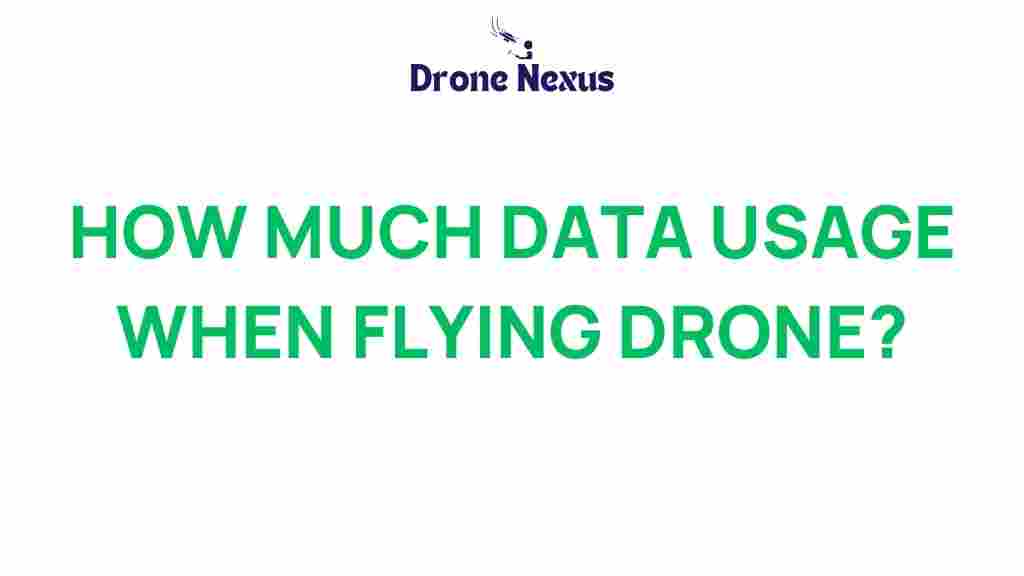Understanding Drone Data Usage
In the rapidly evolving landscape of technology, drone data usage has emerged as a pivotal element across various industries. From agriculture to construction, drones are redefining how data is collected, analyzed, and utilized. This article aims to unravel the complexities of drone data usage, providing insights into its benefits, applications, and best practices. Whether you are a business owner considering drone technology or an enthusiast eager to learn more, this comprehensive guide will equip you with the knowledge you need.
The Importance of Drone Data Usage
The significance of drone data usage can be attributed to several key factors:
- Efficiency: Drones can cover large areas in a fraction of the time it would take traditional methods.
- Cost-Effectiveness: Utilizing drones reduces the need for extensive manpower and equipment, leading to lower operational costs.
- High-Quality Data: Drones capture high-resolution images and data that are invaluable for analysis.
- Safety: Drones can perform inspections in hazardous environments, minimizing risks to human workers.
Applications of Drone Data Usage
Drone data usage spans various sectors, each benefiting from the technology in unique ways:
- Agriculture: Farmers utilize drones for crop monitoring, soil analysis, and livestock management, enabling precision agriculture.
- Construction: Drones assist in surveying land, monitoring progress, and inspecting structures, enhancing project management.
- Real Estate: In real estate, drones provide aerial imagery and virtual tours, helping agents market properties effectively.
- Environmental Monitoring: Drones are used for wildlife tracking, forest management, and monitoring environmental changes.
How to Implement Drone Data Usage in Your Business
Integrating drones into your operations requires a systematic approach. Here’s a step-by-step process to follow:
Step 1: Define Your Objectives
Before you invest in drone technology, it’s essential to outline what you aim to achieve. Common objectives include:
- Improving data collection efficiency
- Enhancing project visibility
- Reducing operational costs
Step 2: Research and Select the Right Drone
Not all drones are created equal. Consider the following factors when selecting a drone:
- Payload Capacity: Ensure the drone can carry the necessary equipment, such as cameras or sensors.
- Flight Time: Longer flight times are essential for covering larger areas.
- Camera Quality: High-resolution cameras yield better data for analysis.
Step 3: Acquire the Necessary Licenses
Drone regulations vary by country and region. Ensure you comply with local laws by obtaining the necessary permits and licenses. In the U.S., for instance, you may need a Part 107 license from the FAA.
Step 4: Train Your Team
Effective drone data usage requires skilled operators. Invest in training for your team to ensure safe and efficient operations. This may include:
- Hands-on flight training
- Data analysis workshops
- Regulatory compliance education
Step 5: Implement Data Collection and Analysis
Once your team is trained, you can begin data collection. Utilize software tools for data analysis to extract meaningful insights from the data gathered by drones.
Troubleshooting Common Issues in Drone Data Usage
Even with proper planning, issues may arise during drone operations. Here are some common problems and their solutions:
Problem 1: Poor Image Quality
If the images captured are blurry or low-quality, consider the following:
- Check the camera settings and ensure they are optimized.
- Ensure the lens is clean and free from obstructions.
- Fly at optimal altitudes for clearer images.
Problem 2: Inconsistent Data Collection
Inconsistent data can hinder analysis. To address this:
- Establish standard operating procedures for flight paths.
- Utilize GPS and mapping software to ensure uniform coverage.
- Regularly maintain and update your drone equipment.
Problem 3: Regulatory Compliance Issues
Non-compliance with regulations can lead to fines and restrictions. To avoid this:
- Stay updated on local drone regulations.
- Ensure your team is educated on compliance requirements.
- Consider consulting with a legal expert in drone laws.
Conclusion
In conclusion, drone data usage is transforming industries by providing efficient, cost-effective, and high-quality data collection methods. By understanding its applications, implementing the right strategies, and addressing potential challenges, businesses can harness the power of drones to gain a competitive edge. As technology continues to evolve, staying informed about advancements in drone technology and data usage will be crucial for success.
If you’re interested in exploring more about drone technology, you can visit Drone Industry Insights for the latest trends and developments.
For further reading on drone regulations and best practices, check out this helpful resource: Drone Regulations Explained.
This article is in the category Technology and created by DroneNexus Team

1 thought on “Unraveling Drone Data Usage: What You Need to Know”